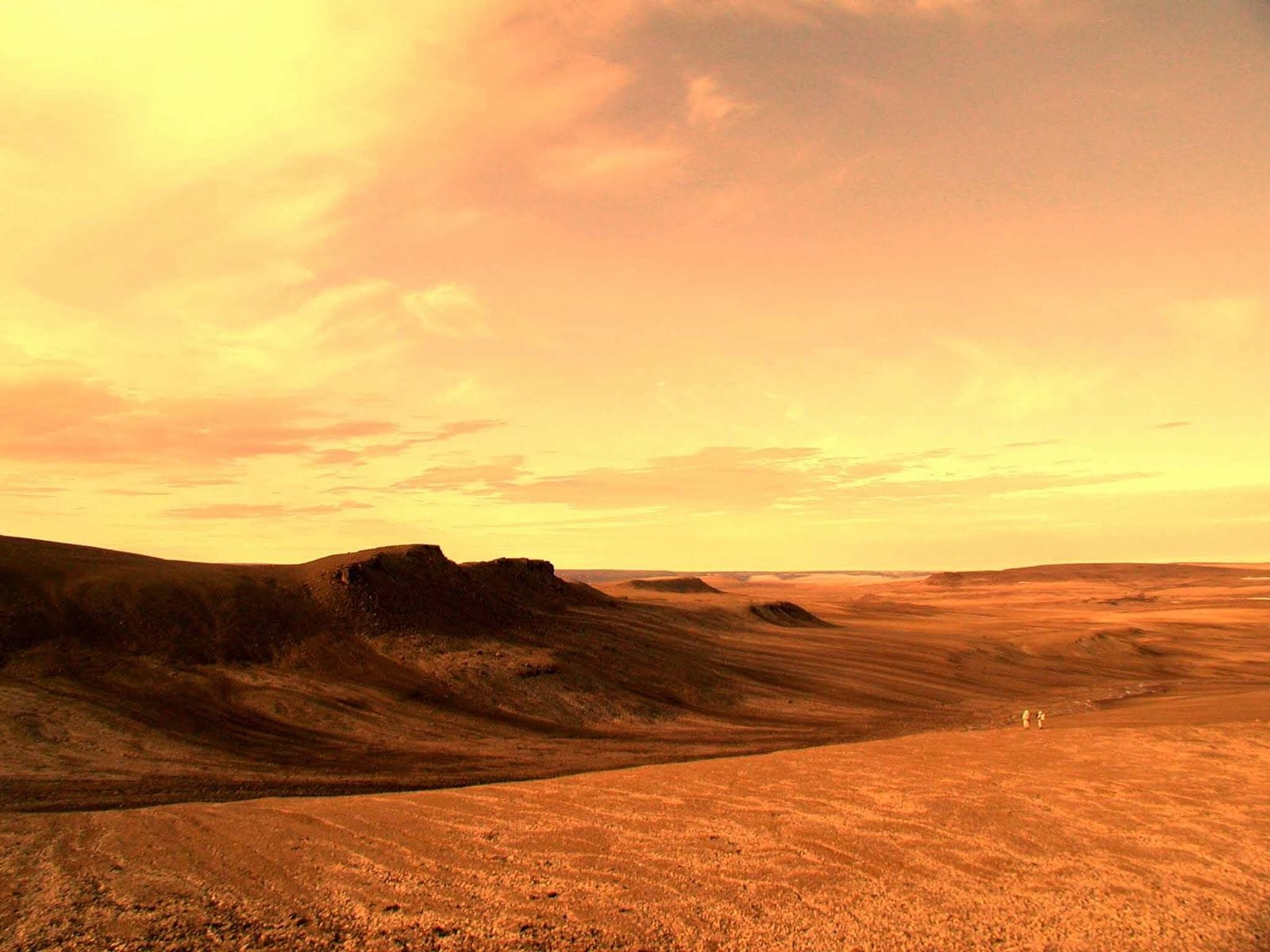Researchers have proposed a new mechanism for the formation of planet-encircling dust storms on Mars, involving a combination of localized dust-lifting events and a unique atmospheric process known as dust radiative feedback. These storms can grow rapidly and engulf the entire planet, significantly altering the Martian environment for extended periods. The study suggests that surface heating and strong winds, in conjunction with the radiative effects of suspended dust, are critical components of this global dust storm phenomenon. Understanding these processes is essential for future Mars exploration and accurately modeling the Martian climate.
Tag: Dust Storms
Martian Dust Storm Origins Potentially Identified
Scientists have proposed a new mechanism to explain the formation of planet-wide dust storms on Mars, involving the interplay of solar heating, atmospheric dynamics, and the presence of elevated topography. This research suggests that heated air rising from areas like the Tharsis volcanic region can trigger large-scale convective systems that loft dust high into the atmosphere, initiating the massive storms observed on the planet. The findings shed light on long-standing mysteries regarding Martian climate and could improve future weather predictions for robotic and potential human missions.

